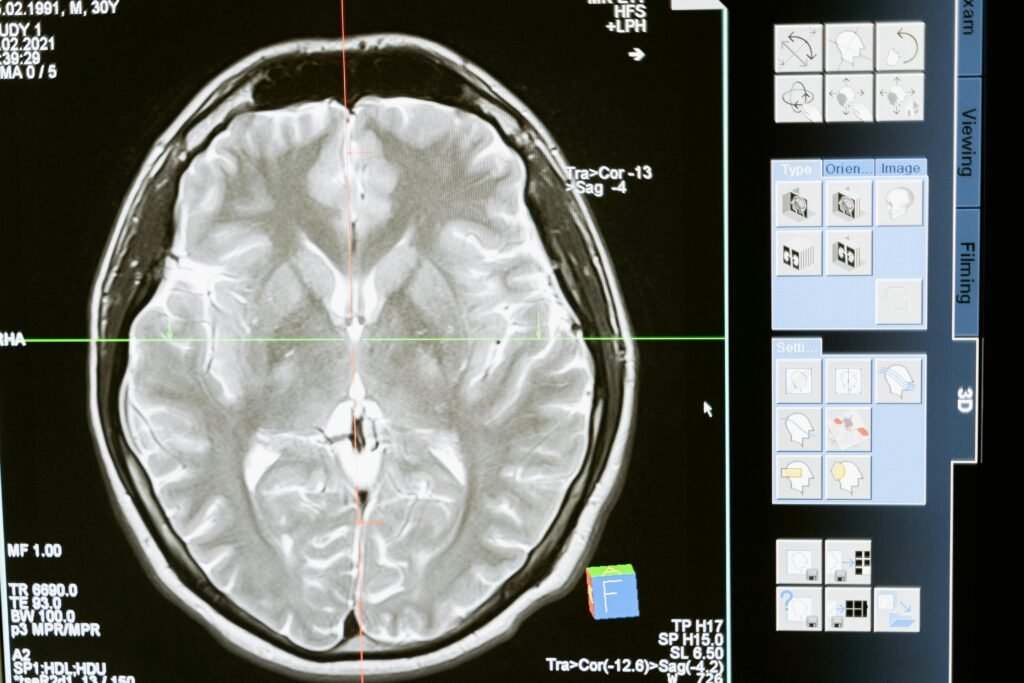Meditation isn’t just a practice for calming the mind, it’s a transformative process for the brain. Thanks to Neuroplasticity, the brain’s ability to reorganize itself, meditation can create lasting changes that enhance focus, emotional resilience, and overall well-being. This means that every time you meditate, you’re actively reshaping the way your brain works, paving the way for a more balanced and peaceful life.
What is Neuroplasticity?
Neuroplasticity refers to the brain’s incredible ability to adapt and change over time. For decades, scientists believed the brain became fixed after childhood, but research shows it remains malleable throughout life. This adaptability allows the brain to form new neural connections, reorganize old ones, and even recover from injuries.

Meditation leverages this natural capacity for change. By practicing regularly, you create new pathways in your brain that promote calmness, clarity, and awareness. In essence, meditation doesn’t just change your mental state, it rewires your brain at its core.
How Meditation Influences Neuroplasticity
Meditation acts like a sculptor, reshaping specific areas of the brain to support emotional balance, focus, and mindfulness. Here’s how:
1. Strengthening the Prefrontal Cortex
The prefrontal cortex governs decision-making, focus, and self-control. Meditation thickens the gray matter in this area, sharpening your ability to stay present and think clearly under pressure. This strengthened connection helps you pause before reacting impulsively, something we all need in stressful moments.
For example, when faced with a difficult decision, a well-trained prefrontal cortex enables you to choose thoughtfully rather than react out of fear or habit.
2. Calming the Amygdala
The amygdala, the brain’s emotional alarm system, often becomes overactive due to chronic stress. This can lead to heightened anxiety and difficulty managing emotions. Meditation reduces activity in the amygdala, essentially quieting this alarm and fostering a sense of calm.
Over time, this effect becomes hardwired, meaning you’ll react to stress with greater composure and less emotional intensity. Imagine being able to navigate life’s challenges without feeling constantly overwhelmed, that’s the power of a calmer amygdala.
3. Enhancing the Default Mode Network (DMN)
The DMN governs mind-wandering and self-referential thinking. While it’s essential for reflection, an overactive DMN often leads to rumination and overthinking. Meditation reduces this activity, helping you step out of repetitive thought patterns and into the present moment.
This doesn’t mean your mind will stop wandering altogether, but you’ll find it easier to recognize when it happens and gently guide your focus back to the here and now.
The Long-Term Benefits of Meditation on the Brain
Meditation doesn’t just provide immediate relief, it creates lasting changes that impact various aspects of your life. Here’s what consistent practice can do:
- Enhanced Focus: By strengthening neural connections in areas responsible for attention, meditation makes it easier to concentrate on tasks without being easily distracted.
- Emotional Resilience: A calmer amygdala and a stronger prefrontal cortex enable you to respond thoughtfully to challenges rather than reacting impulsively.
- Greater Compassion: Practices like loving-kindness meditation increase activity in brain regions linked to empathy, fostering deeper connections with others.
- Reduced Anxiety and Depression: Meditation rewires the brain to quiet negative thought patterns, offering long-term relief from anxiety and depression.
How to Use Meditation to Rewire Your Brain
While the brain’s adaptability is remarkable, it thrives on consistency. Here’s how to make the most of neuroplasticity through meditation:
1. Start Small but Consistent
Begin with just five minutes a day. It’s better to meditate briefly and regularly than to attempt long sessions sporadically. Think of this as planting seeds in your brain, small, consistent efforts lead to meaningful growth.
2. Explore Gratitude and Loving-Kindness Practices
Meditations focused on gratitude or compassion have been shown to significantly reshape the brain. These practices not only boost emotional well-being but also strengthen neural pathways that support positive emotions and social bonding.
3. Create a Ritual
Consistency is easier when meditation becomes a part of your routine. Whether it’s first thing in the morning or before bed, anchor your practice to a specific time or activity to make it a habit.
4. Track Your Progress
Keep a journal to reflect on changes you notice, no matter how subtle. Perhaps you’re calmer in traffic or more patient in conversations, these small shifts are signs that your brain is adapting.
The Science Behind Peace
Meditation isn’t just about finding calm in the moment; it’s about building a brain that supports peace as your default state. Each session strengthens pathways for mindfulness and reduces patterns of stress and reactivity. Over time, these changes don’t just stay in your meditation practice, they spill into your daily life, shaping how you think, feel, and respond to the world.
So, the next time you sit down to meditate, remember this: You’re not just calming your mind, you’re actively transforming your brain. Each breath, each moment of stillness, is a step toward a more resilient, balanced, and peaceful self.



